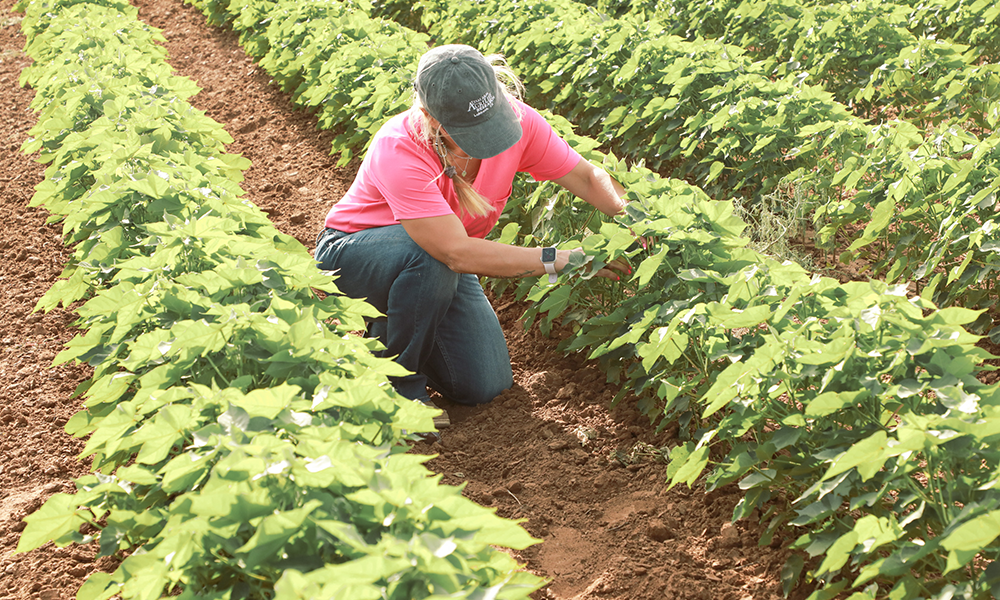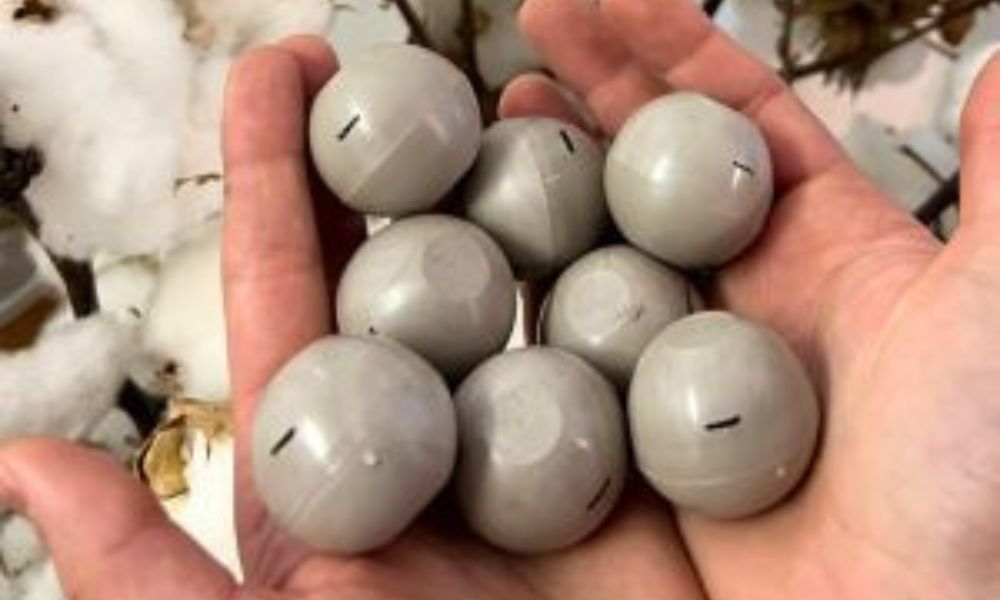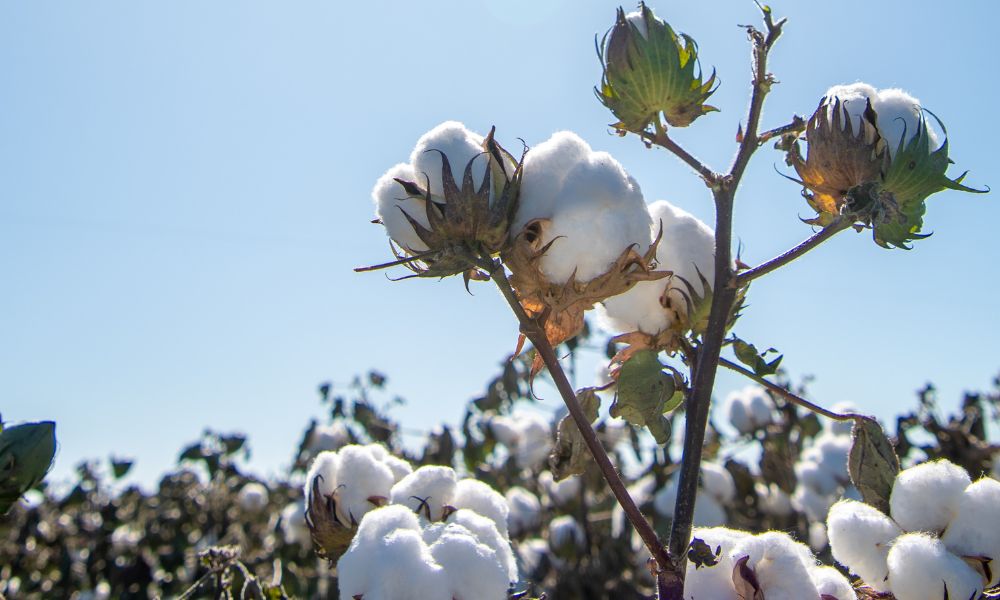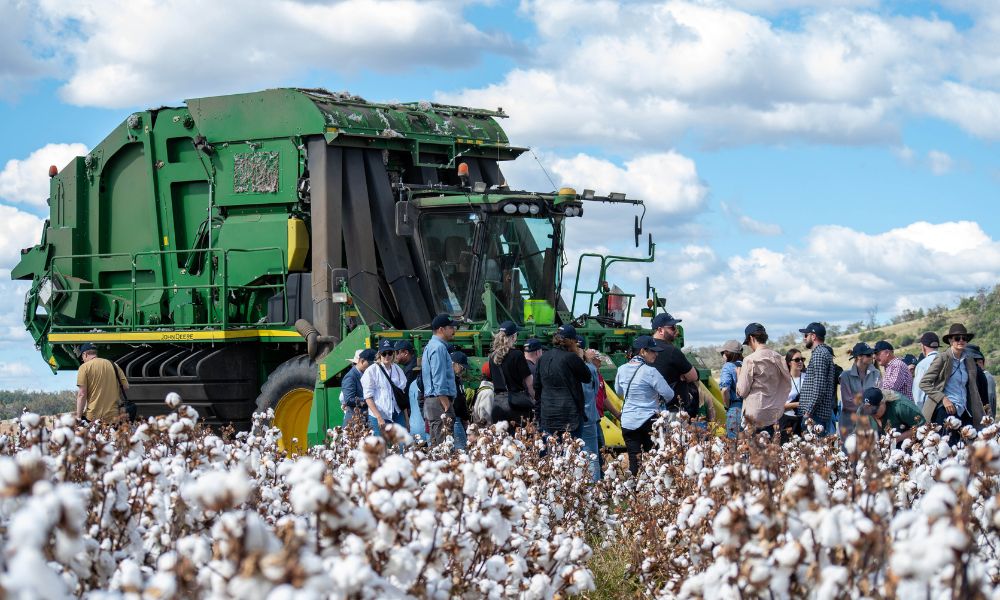U.S. and Australian Cotton Researchers Collaborate for Continuous Improvement
March 24, 2015
A group of the world’s leading cotton scientists came together in Australia last week to discuss research collaboration opportunities between the two Cotton LEADS™ program founding countries.
The Cotton Research and Development Corporation and Cotton Incorporated together toured a number of leading cotton farms and visited research managers to assess areas for potential collaboration and to better understand the issues being faced by Australia’s cotton growers.
“While the farming systems are similar there are some differences that are important to understand; overall though our cotton growers face many common issues that are best solved by working together. Both countries have made major inroads into issues such as pests, water, weeds and diseases and we’re keen to share not only our research findings but the methods for how these issues are dealt with at farm level,” CRDC Program Manager, Mr Allan Williams said.
“This week marked another important milestone in Australia’s relationship with our U.S. counterparts, and thanks to the Cotton LEADS™ program we’ve been able to focus on the areas that will deliver the most for both countries in our quest for continuous improvement throughout the textile supply chain,” he said.
Adding to this sentiment was Cotton Incorporated Agricultural Engineer, Ed Barnes. “In visits with CRDC staff and CSIRO researchers, we were able to identify several areas for research collaboration that will be of mutual benefit to growers in both countries. Having two different growing seasons with coordinated field experiments, we can obtain two seasons of data in one year, leading for faster research results,” Mr Barnes said.
The week culminated in an industry workshop attended by cotton growers, researchers, merchants and Cotton Australia policy staff to share current research projects, generate understanding of both country’s R&D programs and discuss opportunities for the future. Research areas identified for potential collaboration included contamination management, weed and Helicoverpa resistance management and fibre quality assessment.














Recent Comments